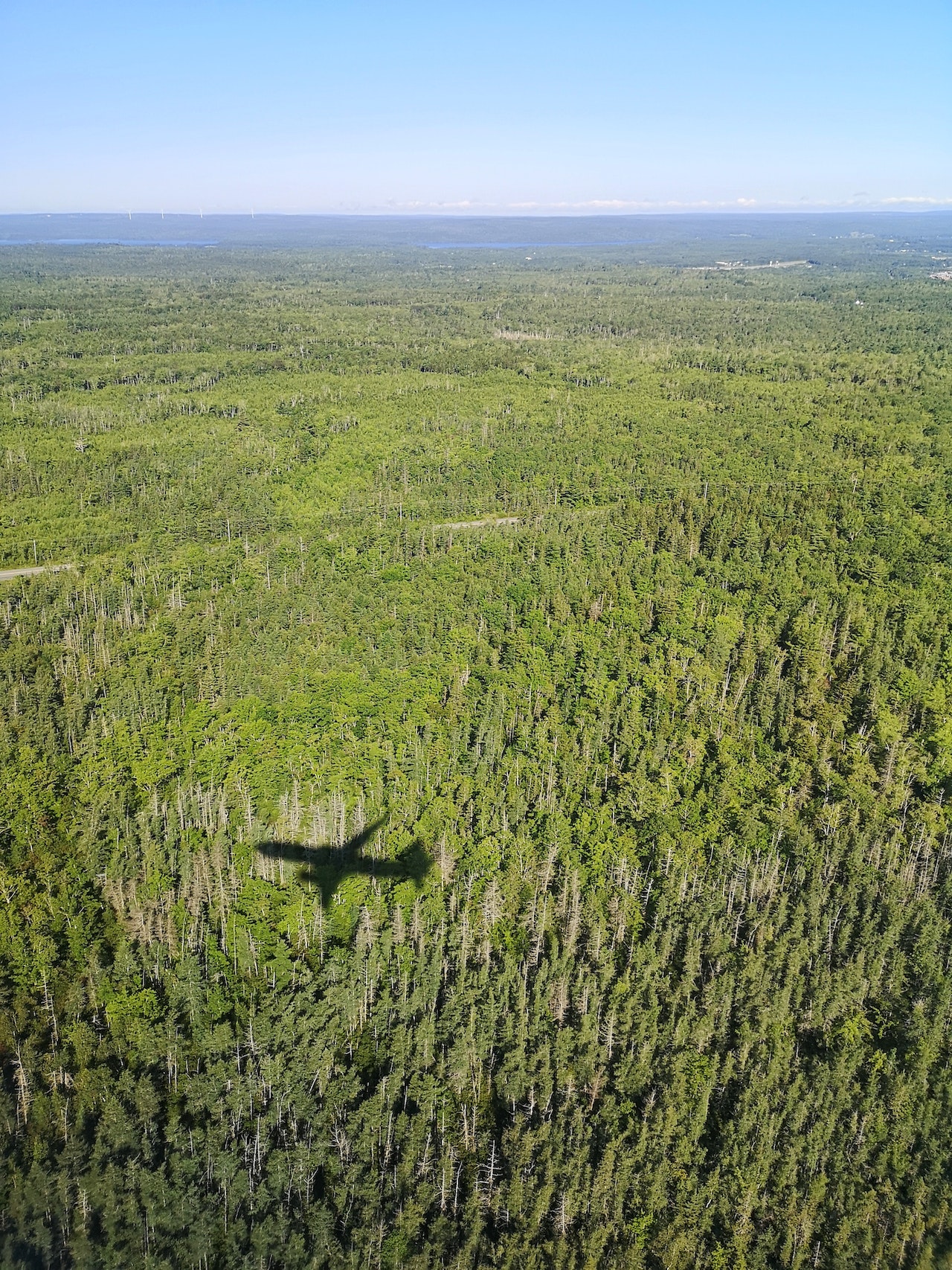
Recent news from United Airlines shows a concerted and urgent interest in transitioning the carbon-heavy air travel industry into a sustainable future. United Airlines Ventures Sustainable Flight Fund is an investment vehicle focused directly on the development of sustainable aviation fuels.
The fund, stemming from United and its partners, provides start-ups with the support they need to hasten the transition into SAF.
The initial $100 million investment aims to get the ball rolling and encourage other companies to buy into this future investment. United has also given their customers an incentive to supplement the investment in the fund with 500 MileagePlus miles given to the first 10,000 customers who do so.
SAF offers a path toward globally responsible energy development. We expect to see more companies move toward aggressive sustainability-related investments much like United has done here.
Keeping Up with SAF Demands in Pulp, Paper and Forestry
This news reflects how global corporations are swinging the pendulum toward sustainability in a big way. However, there is no doubt that SAF will have an economic impact on a significant portion of the renewables industry. This stirs up two major questions:
- What will that look like in relation to the forestry industry – including pulp and paper?
- Can this industry accommodate the increased demand and usage of forest products?
From the pulp and paper perspective, it’s clear some changes are on the horizon. Yet according to a post from ResourceWise’s Camilla Abbati, the verdict is still out on the precise implications within the industry. The good news is how much potential already exists within the industry to embrace the changes SAF will assuredly bring.
As Abbati discusses, “With the increase of SAF (and other biofuels) capacity in the future, availability and pricing of biomass used by the P&P industry could be impacted. At the same time, many facilities could have the opportunity to transition into biorefineries – manufacturing biofuels and other bioproducts in addition to traditional pulp and paper products.”
Similarly, the forestry industry offers serious potential in its dry biomass resources through forest waste and other products.
In a post from Matt Elhardt, he explains that forest biomass is different from other common sources like agriculture. Regulations and standards prevent many public lands and other ecologically-sensitive regions from having their forest resources and biomass removed.
Nonetheless, the US south offers tremendous value in potential SAF development with wood biomass. In Elhardt’s words:
"Despite the hurdles, wood-based SAF investments are flowing into the US South due to the region’s deep inventories of pine forest resources, which are overwhelmingly managed by private timberland owners who manage these resources as economic assets. This makes the South the lowest-cost forest economy in the US, and one of the most competitive in the world."
--Matt Elhardt, VP of Global Sales, ResourceWise
Forestry: Scaling to Meet SAF Demands
With all these points in mind, are the forestry, pulp and paper industries ready to handle the potential influx of demand and usage?
As we discussed in a previous post, some people are concerned that the rising demand of SAF on the forestry industry could lead to sweeping deforestation. If woody biomass contains a wide range of forest materials, does that mean forestlands will literally become ‘wiped clean’ and barren to meet demand?
Responding to this concern comes in two parts:
1. Legitimate forestry already has safeguards in place to prevent this.
The truth is that healthy, sustainable forestry and logging practices are already standard in legitimate markets. Forest management organizations and regulations prevent negative effects like degradation and deforestation in areas where it is properly managed. These standards of practice will not change even if SAF increase the demand of these materials.
2. Illegal and unsustainable forestry is an important issue, but it’s not what we’re talking about here.
It’s important to acknowledge that illegal and unsustainable logging practices remain a global problem. Issues with both deforestation and forest degradation place a large number of global forests at risk. However, they’re not part of the internationally recognized forestry marketplace we’re talking about here.
Mitigating the crisis of unsustainable and illegal forestry is a global health concern imperative to meeting actual sustainability and carbon goals. We can’t ignore the problems of deforestation and forest degradation. But we need to be careful about conflating these issues with something like the US forestry industry.
Finding Your Way to Low Carbon Fuels and Feedstocks with Prima
Sustainable aviation fuels are a critical aspect of our collective investment in a sustainable future. However, it is only one piece of the puzzle.
Your organization needs to actively invest in low carbon efforts. No matter the industry, achieving zero emissions is where we all need to direct our efforts.
Determining where and how to pursue this goal is precisely where Prima Markets can help.
Prima Markets, a ResourceWise company, recently launched their Carbon Mitigator Report. The report “aims to create a fair and transparent platform to compare the costs and benefits of physical decarbonized fuel types and technologies without inherent bias.”
The Prima team works with intellectual property owners, project developers, and other real-world professionals to better understand the marketplace. This means that subscribers get specific, tangible solutions which actually represent what’s happening within low carbon fuels, feedstocks, and other markets.
Get in touch with the Prima team today and learn about how our Carbon Mitigator Report can help your business get ahead of the curve.


 Harvey Greer
Harvey Greer



